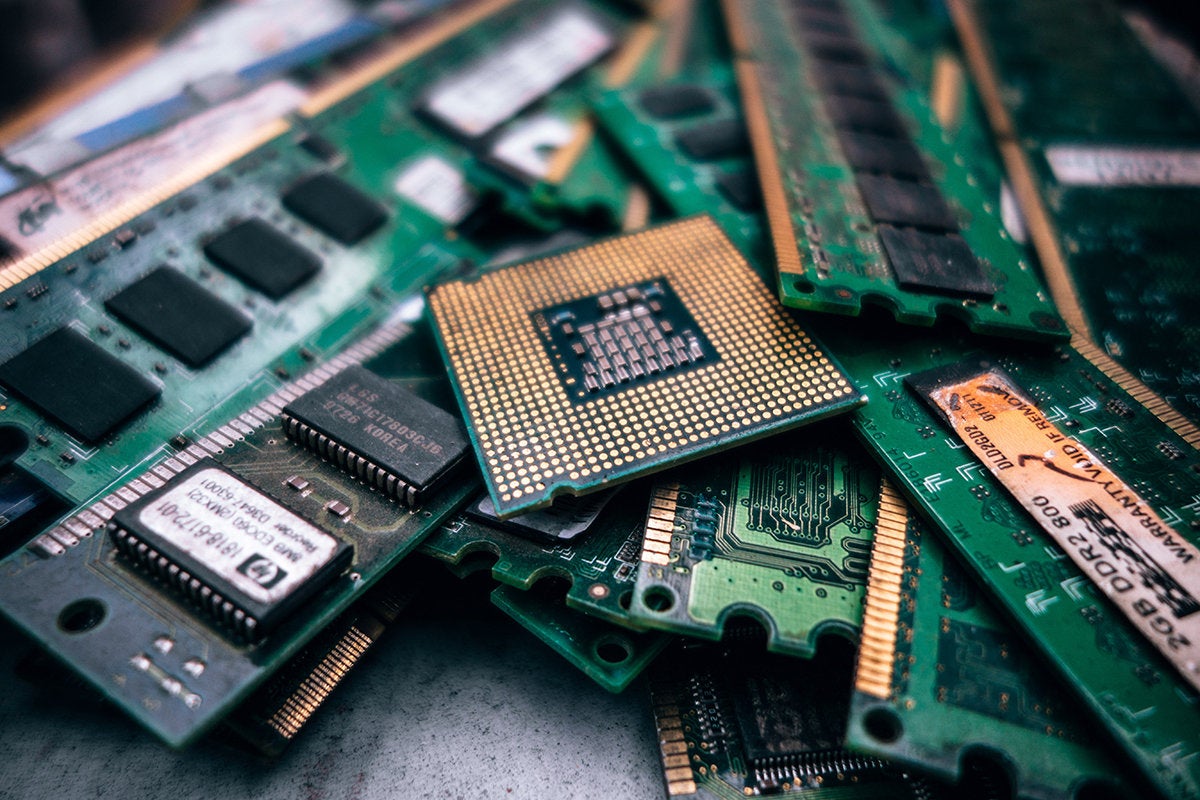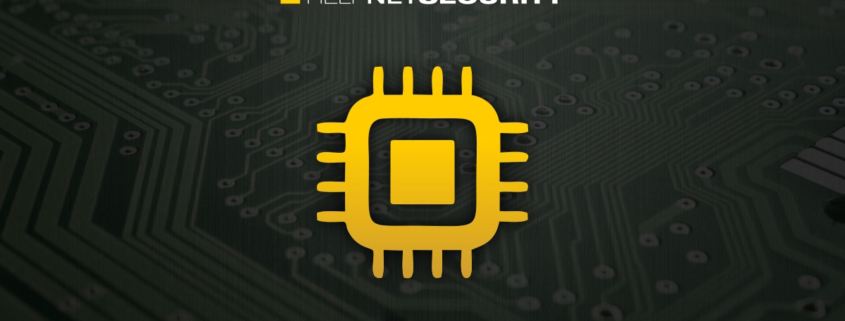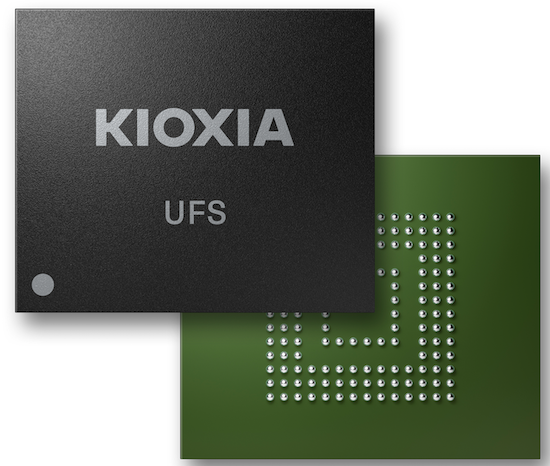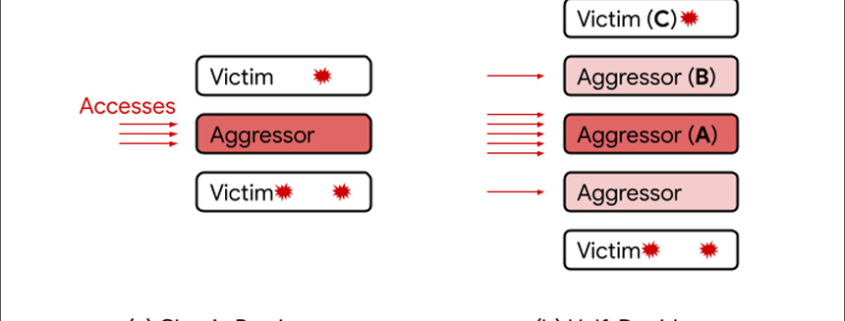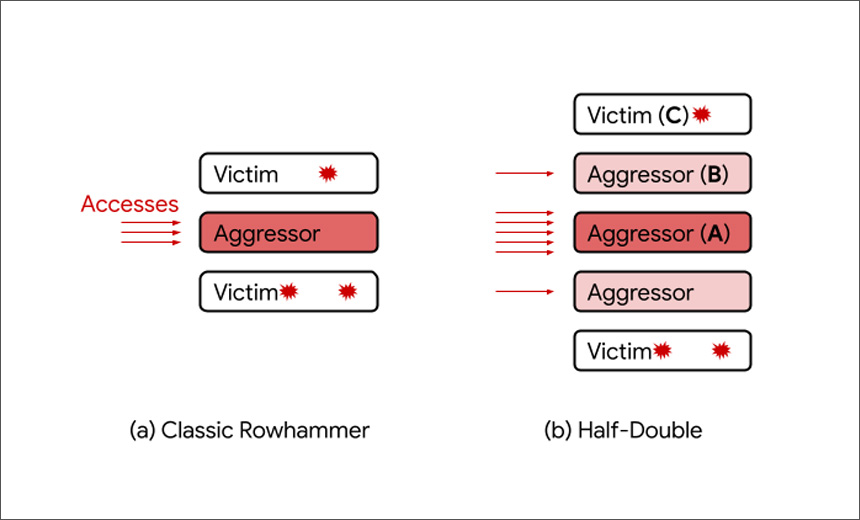Apple hits the brakes on plans to use Chinese memory chips
Apple won’t use Chinese-made NAND flash memory in its forthcoming iPhone models, in an apparent response to tighter US export controls affecting the supply chain, according to a report published today by Nikkei Asia.
The company had planned to begin using memory chips made by YMTC “as early as this year,” according to the report, and had already completed a lengthy process of certifying that chipmaker’s products for use in the iPhone. YMTC is backed by the Chinese government, and while its products are slightly less sophisticated than market leaders like Samsung and Micron, it is able to offer its chips at substantially lower prices.
However, a new US government ruling meant to crack down on China-based technology companies, announced earlier this month, described YMTC and dozens of other China-based companies as “unable to be inspected,” meaning that US officials have been unable to verify YMTC’s ability to safely receive technology exports from the US in accordinace with US Export Administration Regulations (EAR), and confirm that they will not be used in ways that undermine US national security.
US cites security concerns about Chinese technology
In its ruling, the US Bureau of Industry and Security (BIS) said, “The inability of BIS to determine compliance with the EAR because of a host government’s action or inaction creates a circumstance that may place an entity at significant risk of being or becoming involved in activities contrary to the national security or foreign policy interests of the United States.”
This led to Chinese companies being placed on the “entity list” of businesses barred from dealing with US firms. YTMC was further described as a “direct threat” to US chipmakers, according to a statement from the Biden administration.
The crackdown followed hard on the heels of YMTC CEO Simon Yang’s resignation. Yang had led YMTC’s development efforts in the field of 3D NAND flash memory, helping the company’s technology rapidly advance to near-parity with the market leaders.
Apple’s original decision to source memory chips from YMTC drew fire from Republican lawmakers in September, who warned that Apple’s…
